Discover The Digiday Podcast
The Digiday Podcast

470 Episodes
Reverse
This week’s episode recaps Disney’s deal to open up its character library to OpenAI and Google’s reported plan to roll out ads in its Gemini chatbot.
Then Davis Wright Tremaine partner Rob Driscoll joins the show to delve into the copyright concerns and potential trademark issues surrounding brands’ use of generative AI tools (16:40).
This week’s episode unpacks two major developments in the media and entertainment industries. Digiday’s executive editor of news Seb Joseph joins to analyze Netflix’s plan to purchase Warner Bros. Discovery’s studio and streaming business (3:43) as well as Meta’s foray into signing content licensing deals with publishers for its AI chatbot (25:37).
Then this week’s featured segment is a live recording from last week’s Digiday Programmatic Marketing Summit, in which Attention Arc’s Christopher Francia makes the case for why programmatic ad buying shouldn’t be outsourced to AI agents (34:50).
On this week's episode, the smoke is clearing in the Omnicom-IPG merger with a clearer look at how its media, tech and creative will operate going forward coming into focus. Plus, another ripple in OpenAI's author lawsuit begins to surface.
Then (16:30), Digiday's senior marketing reporter Sam Bradley joins the show to discuss WPP's turbulent 2025, and what it'll take to turn things around in 2026.
This week’s episode recaps the who’s who of Warner Bros. Discovery acquisition bids, the end to Meta’s antitrust case, the Omnicom-IPG deal’s final hurdle and why Adobe acquired Semrush. Then (13:40), Digiday’s platforms reporter Krystal Scanlon joins the show to discuss how OpenAI could seriously pursue an ad business.
This week’s episode recaps Paramount raising new ad arbitrage questions, Amazon and Google unveiling new ad agents and IAB Tech Lab introducing its Agentic RTB Framework. Then Digiday’s executive editor of news Seb Joseph and senior ad tech reporter Ronan Shields join the show to outline how, with the introduction of Ad Context Protocol and ARTF, the ad industry is laying the pipes for programmatic advertising’s intersection with AI agents.
This week’s episode recaps the YouTube TV-Disney distribution standoff (5:50), Netflix’s interest in acquiring Warner Bros. Discovery (14:50) and the rising revenue Google and Meta are reaping from their respective short-form video platforms (20:00). Then Tracy Yaverbaun, gm of The Times and Sunday Times, joins the show to talk about the British news publisher’s work with Electric Twin to create a synthetic audience research panel based on The Times’ human reader panel (27:20).
On this week's episode, digital creator and actor Kalen Allen talks navigating brand safety and the so-called culture wars in the creator economy (24:50). Plus, what WPP Open Pro launch says about the agency AI arms race, Reddit’s Perplexity lawsuit and the future AI framework, and the latest on the Warner Bros. Discovery possible sale.
This week's episode pours one out for Google's Privacy Sandbox as the saga comes to an end and takes a look at the rise of agentic AI while Pinterest tries to curb its AI slop. Then (21:24), David Huntzinger, an agent at talent management firm Night, joins the show to make sense of how the creator economy is positioning itself as a media channel.
This week’s episode recaps Instagram eyeing the launch of a CTV app and Perplexity putting its ad business on pause. Then Digiday platforms reporter Krystal Scanlon joins the show to to discuss the state of the short-form video market as all-AI entrants like OpenAI’s Sora and Meta’s Vibes enter the fray alongside the impending TikTok U.S.
This week’s episode unpacks OpenAI’s launch of the Sora app and what it reveals about the company’s push into advertising (2:39). We also dive into Meta’s plan to use AI chatbot data for ad targeting (12:59), and Paramount’s acquisition of The Free Press, with founder Bari Weiss set to lead CBS News as editor-in-chief (16:14).
Then, Digiday’s Seb Joseph and Ronan Shields join the show to discuss The Trade Desk’s growing challenges (21:50).
This week’s episode recaps OpenAI’s latest steps towards launching an advertising business (2:25), new details about ByteDance’s reported involvement in TikTok U.S. (10:21) and Meta’s introduction of an all AI-generated content platform with Vibes (14:34). Then Eater’s editor-in-chief Stephanie Wu joins the show to share her systems and tips for getting through the average work day (23:58).
This week’s episode recaps the deal for a U.S.-only version of TikTok (4:15), Disney’s Jimmy Kimmel controversy (10:27) and Meta’s talks to license content from publishers (18:21). Then The Washington Post’s Sam Han joins the show to explain what the role of chief AI officer actually entails and why a media company would want to appoint an AI overseer (26:26).
Related stories
Even with a new U.S. TikTok deal in sight, marketers feel uneasy
Overheard at the Digiday Publishing Summit, September 2025 Google search edition
Retail media networks have been striking deals and inking partnerships with social and streaming platforms to open up ad inventory across the internet. It’s a push to get advertisers to see RMNs as full funnel marketing channels as opposed to a search and display one trick pony. Now, if advertisers like Ferrero see it as such, that’s still up for debate (18:29).
Also on this episode, why Paramount Skydance is eyeing a bid for Warner Bros Discovery (3:18), what the Amazon and Netflix DSP deal could mean for The Trade Desk (8:47) and inside the FTC’s latest big tech probe (14:30).
This week's episode goes inside the search wars. More people are starting their online search with AI-powered chatbots and publishers are feeling the effects. To breakdown what AI search means for publishers (15:22), Digiday staffers Jessica Davies, senior media editor and Sara Guaglione, senior media reporter, join the show.
Also on this episode: Google won't have to sell Chrome after all (1:27), Apple plans its own AI-powered search engine (8:15) and publishers call to include Gemini in Google investigation (12:42).
This week’s episode recaps what ended up being a messy summer, from corporate changeovers and AI existentialism to fresh competition for Google and a return to the TV bundle for streaming. Oh, and tariffs; we can’t forget tariffs. As stated, the season was kind of a mess, and Digiday managing editor Sara Jerde joined the show to help make sense of the events that transpired and what they portend for the rest of 2025.
Related stories:
WPP has its next CEO – but what do clients make of the heir apparent?
The coalition of the willing (and unable): publishers rally to wall off AI’s free ride
Google readies its last stand in latest antitrust trial
The next browser wars are here — and AI wants the ad dollars too
How tariffs have upended the back-to-school season
This week’s episode recaps xAI’s lawsuit against Apple and OpenAI (3:58), retail media’s recent boom that could be a bubble (11:11), and publishers’ push to usage-based pricing in their AI deals (15:23).
Then (18:50) Digiday editors Seb Joseph and Michael Bürgi join the show to discuss how generative AI technologies could spur agencies to lose client relationships or push brands to rely on agencies even more for AI access.
Related articles:
Why generative AI doesn’t fit into a standard in-housing playbook – yet
As AI alters cost of creative, indie agencies review how they charge clients
WTF is AI ‘grounding’ licensing, and why do publishers say it matters over training deals?
On this week's episode, AI startup Perplexity puts in its bid to buy Google Chrome and The Trade Desk loses exclusivity with Walmart DSP, signaling another tough loss for the tech titan.
Then (19:00), Uber's global head of ads Kristi Argyilan shares how she got her job, and why her career path may no longer be replicable.
On this week's episode, Disney phases out Hulu and launches ESPN streaming service, and that's just one part of streaming's current reshuffling. Meanwhile, the Omnicom-IPG d eal gets another go-ahead in the U.K.. Then, Reddit chief operating officer Jennifer Wong joins the Digiday Podcast to talk about Reddit's plans to become a go-to search engine.
This week’s episode recaps Meta CEO Mark Zuckerberg’s personal superintelligence memo, the reported price Amazon is paying to license The New York Times’s content and a check-in on the TV and streaming advertising upfront as negotiations wrap up.
Then (18:51), Digiday senior media reporter Sara Guaglione and executive editor of news Seb Joseph join the show to share their reporting on a recent meeting between IAB Tech Lab, more than 80 publishers and AI giants including Google and Meta to discuss how publishers can respond to AI companies scraping their sites.
This week's episode recaps the Trump administration’s greenlight of the $8 billion union of Paramount and Skydance, and the White House's AI Action plan. Then (16:11), Alexander Lee, senior entertainment media reporter, and Krystal Scanlon, platforms reporter, join the Digiday Podcast to parse through what’s in, what’s out and who’s getting paid in the creator economy right now.




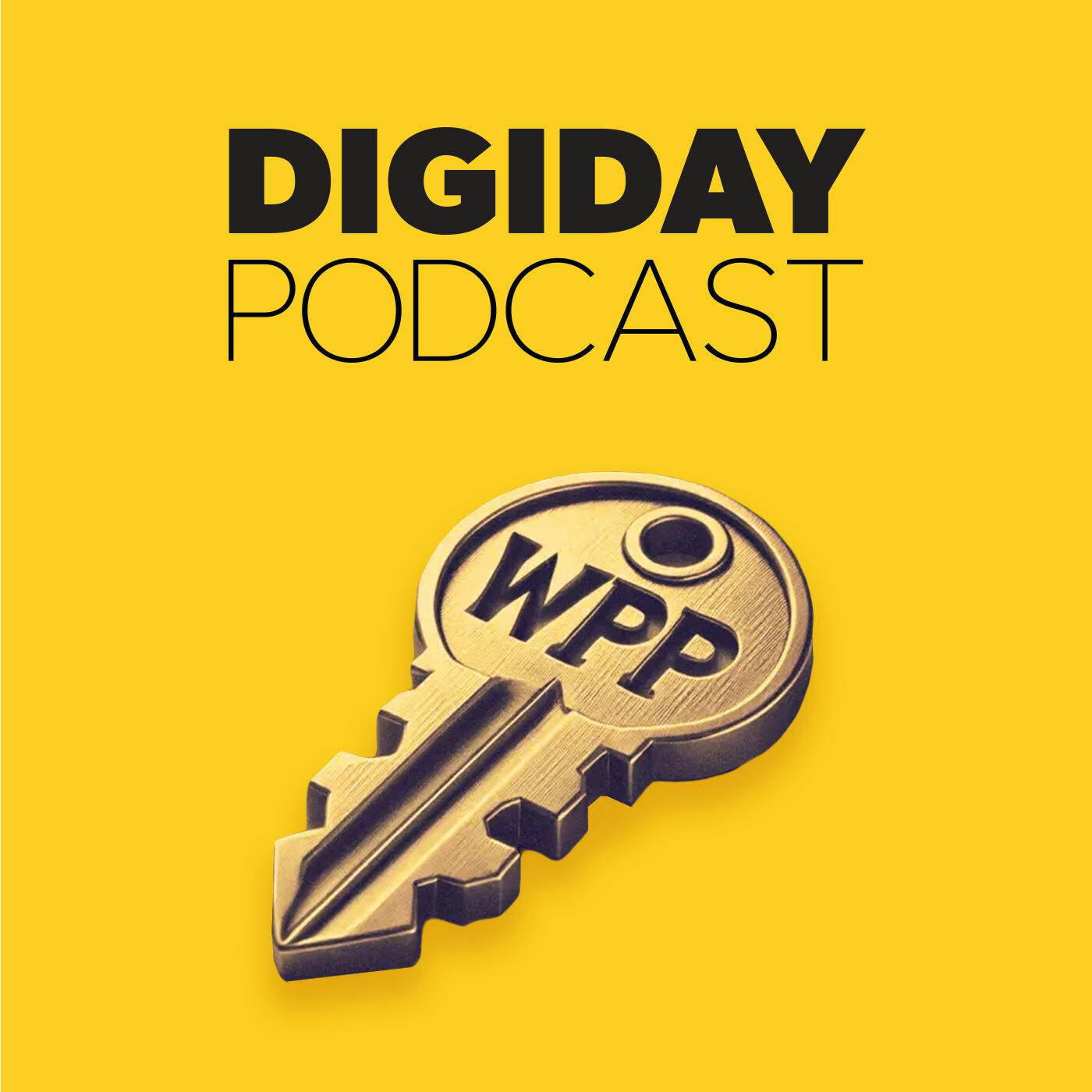
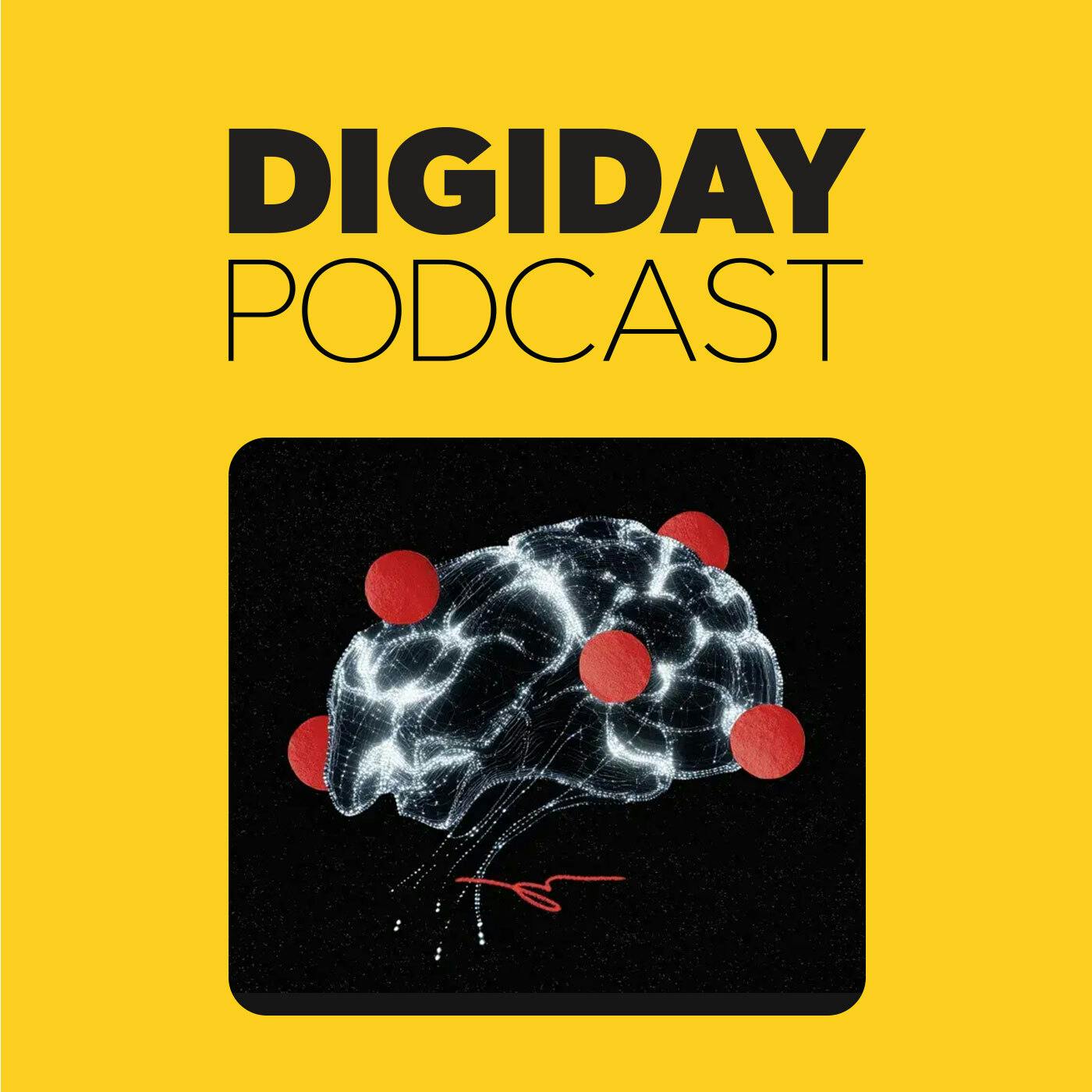
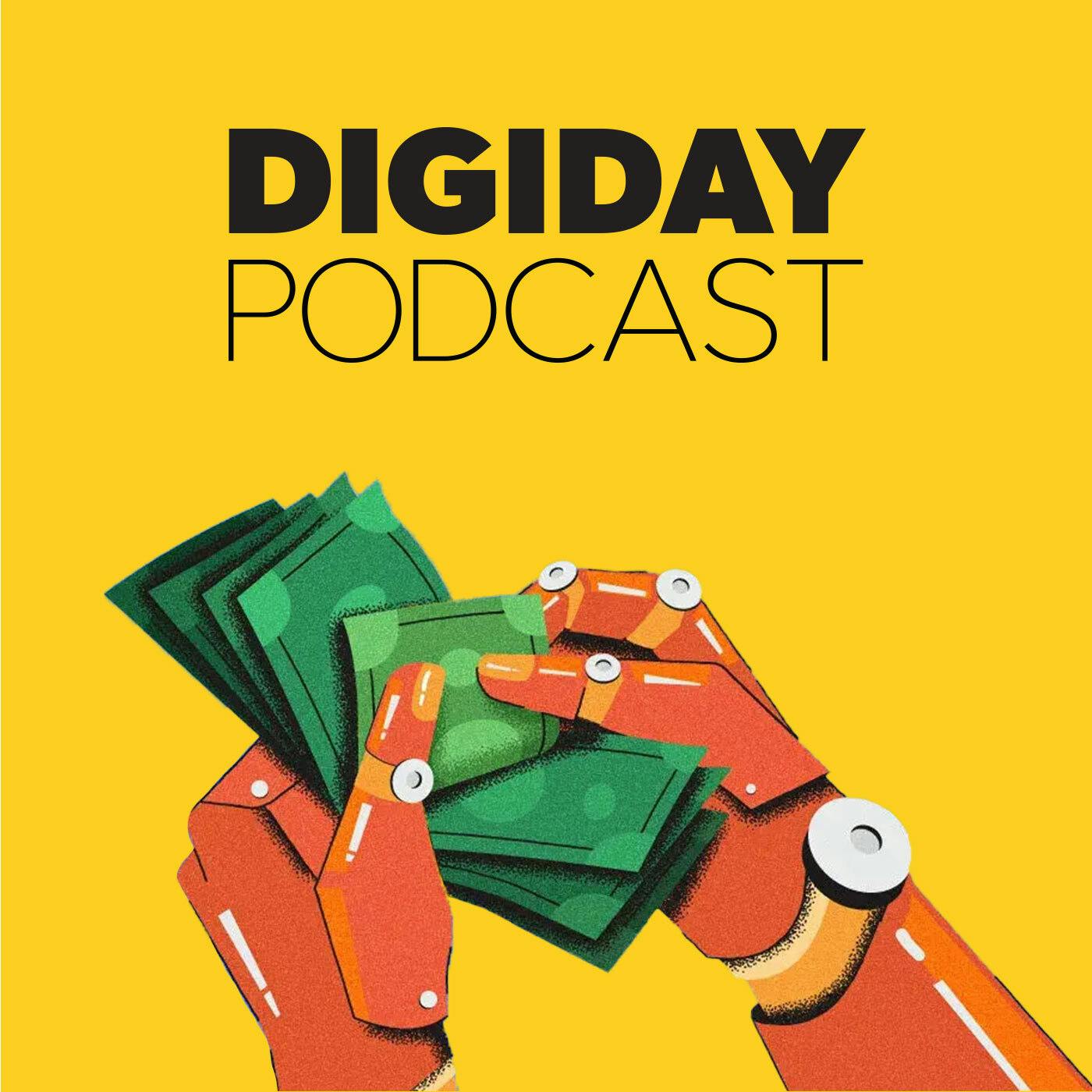


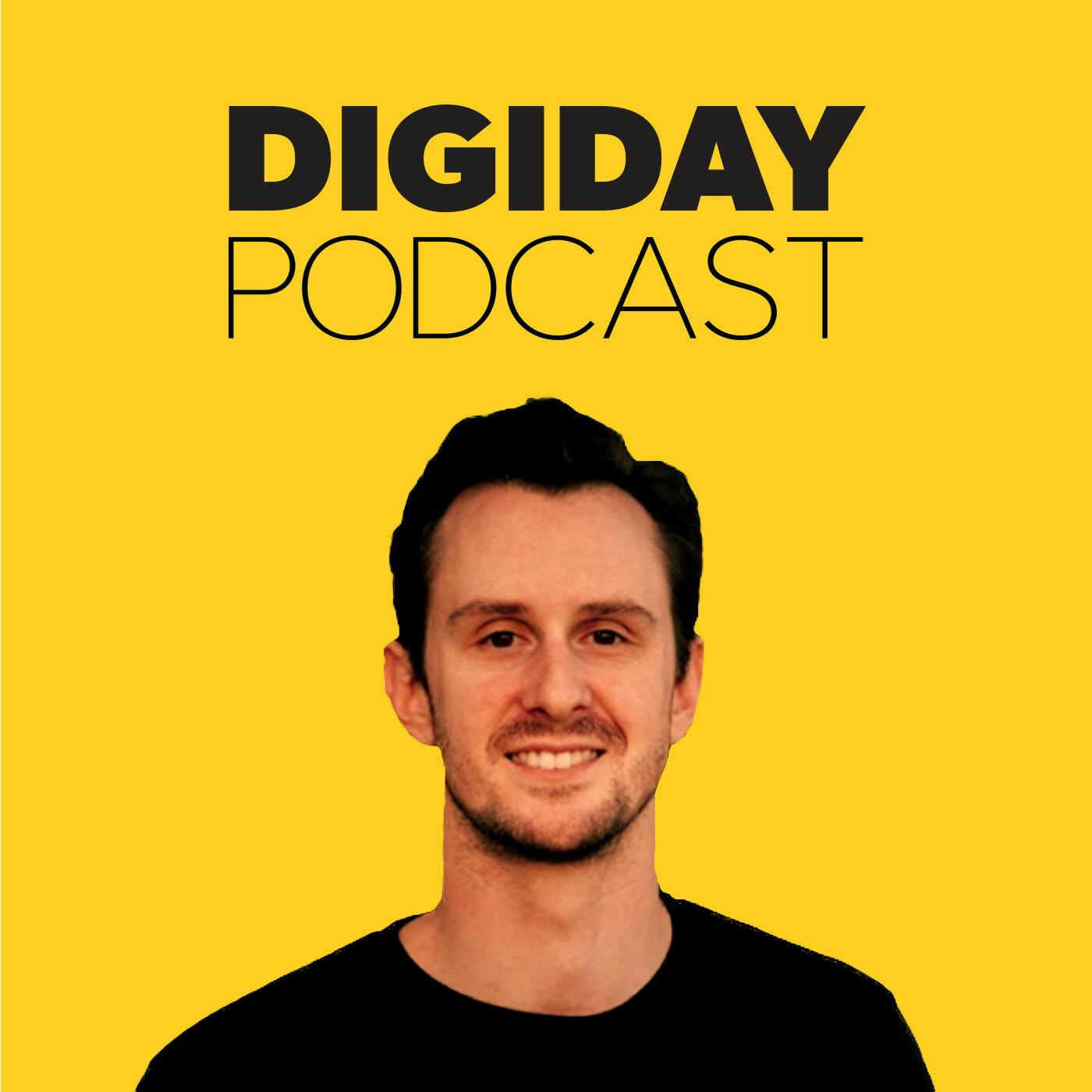

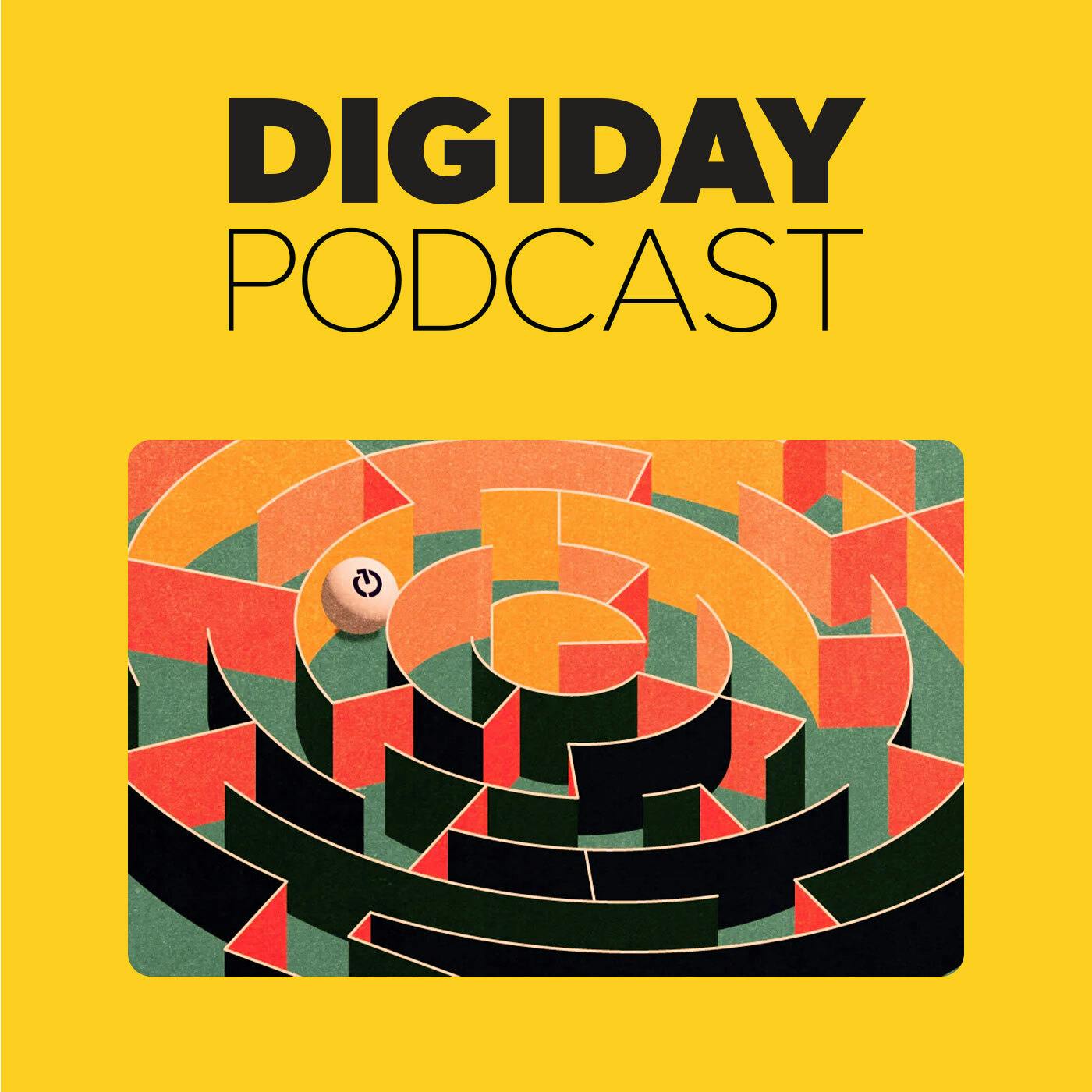


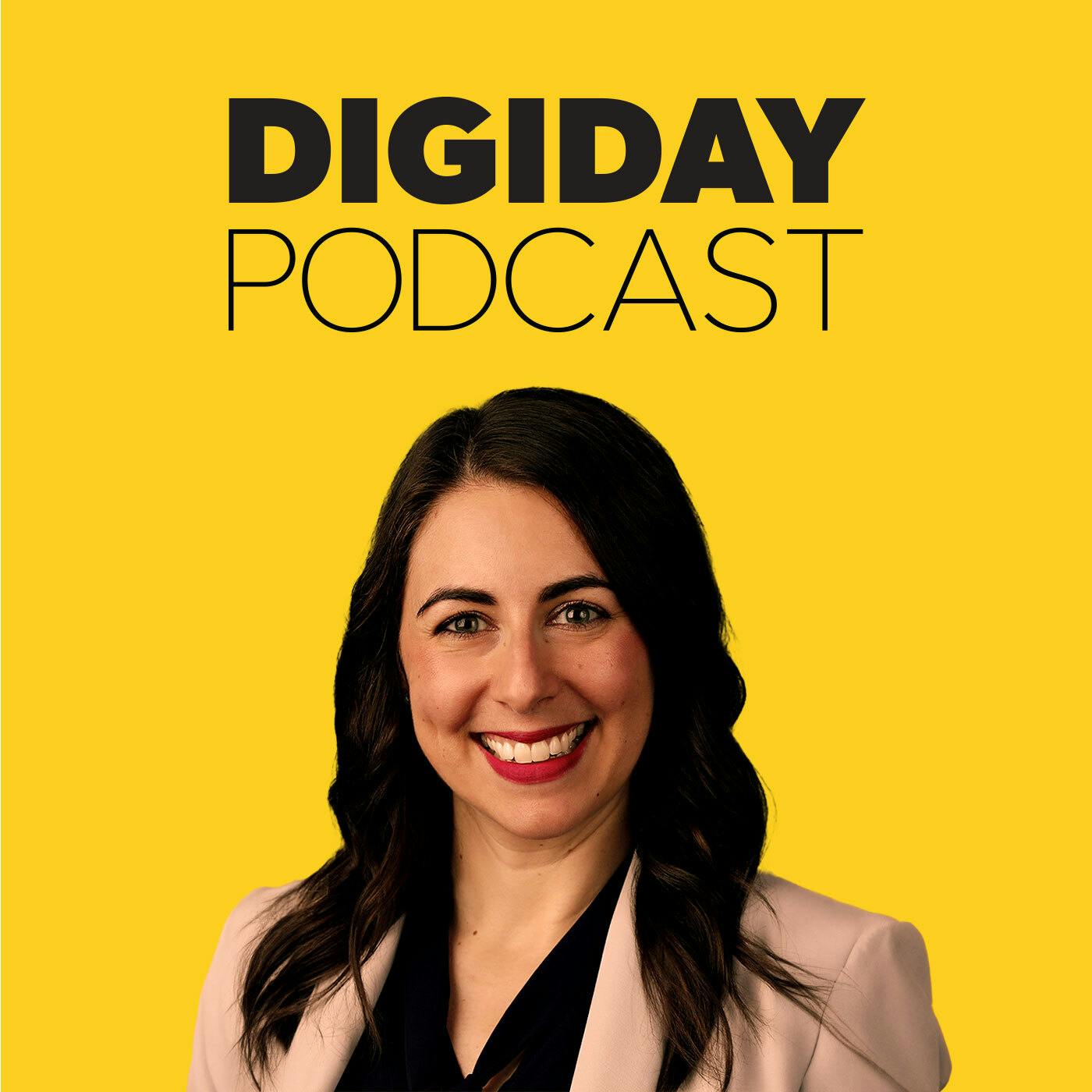



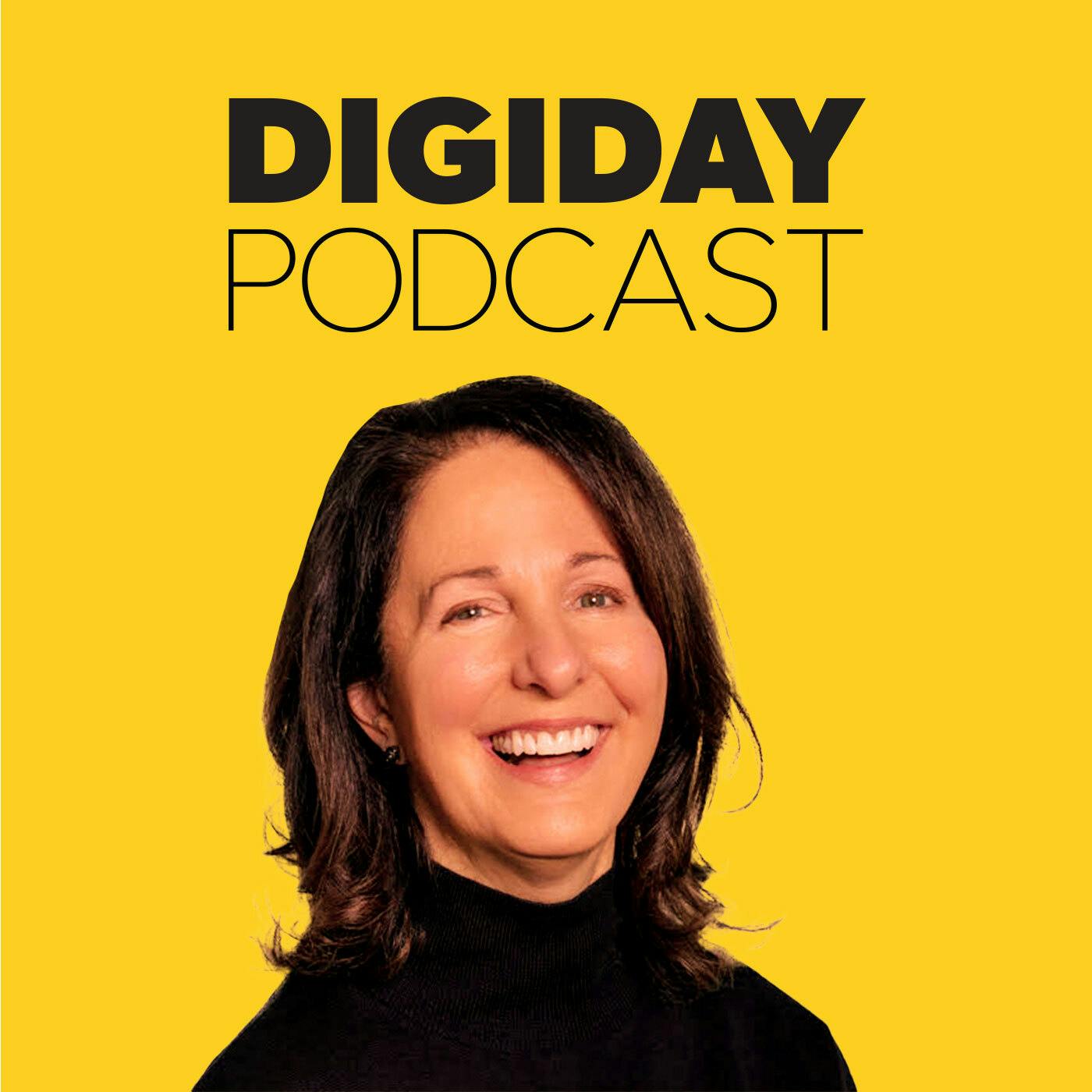


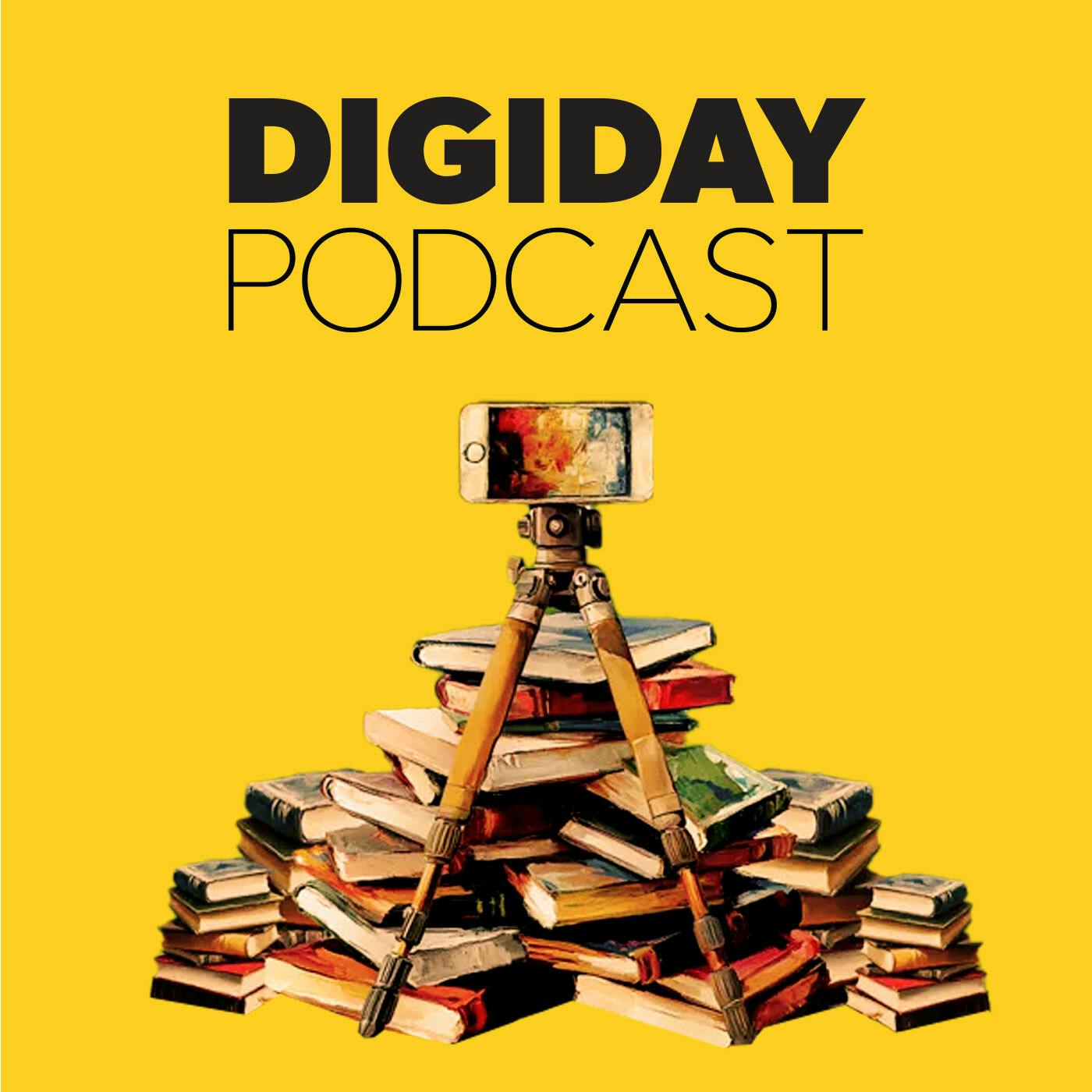



Sad, sad joke. Steven I'll concede seemed genuine in his goals. But the fact MSM & new tech STILL can't even see & acknowledge the reprehensible journalistic criminality of the past decade from a near-religious fervor & hate (pretending both sides are equal offenders and victims of fake news ... is beyond soul-crushing. Every. Day.
"Print"??? Like....SERIOUSLY?? You. Hate. Earth?
This is my favourite media podcast. They always get the best interviewees